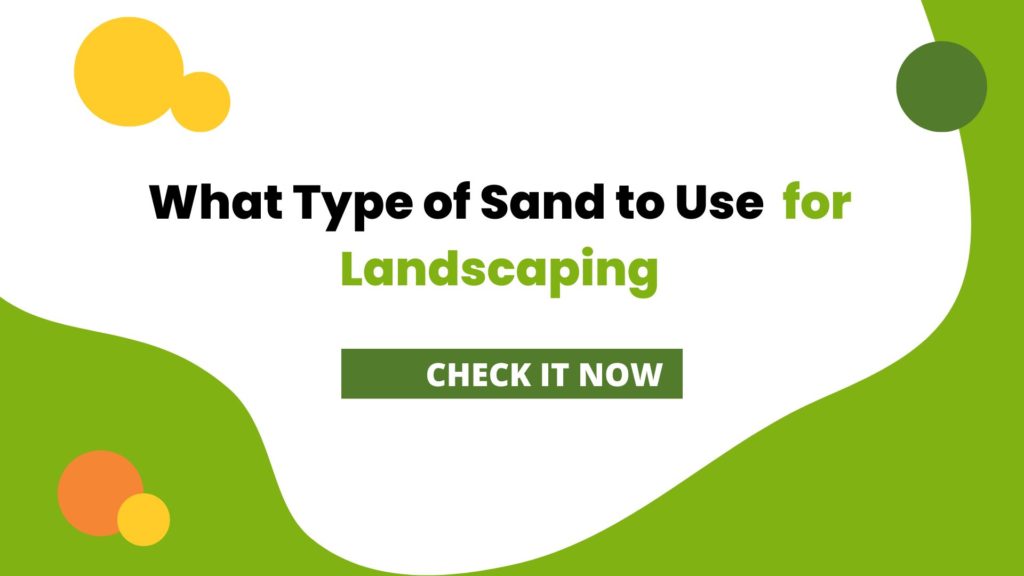When you are planning to landscape your yard, you have many design options available to you. One important factor in your decision will be the type of materials you use. There are natural materials, such as stone, wood, and sand. Each has its own advantages and disadvantages.
This is why it is important to choose high-quality materials that will withstand the elements and last for years to come. By working with a professional landscaper, you can ensure that the materials used in your landscaping project are of the highest quality.
There are many types of landscaping materials available to choose from. Some common materials include mulch, soil, rocks, and sand.
Mulch is a material that is used to cover the ground. It helps to retain moisture in the soil and can also help to prevent weeds from growing.
Soil is the material that plants grow in. It is important to choose the right type of soil for your plants. Depending on the type of plant, you may need a different type of soil. For example, cacti need a special type of soil that has good drainage.
Rocks can be used for both decorative and functional purposes in landscaping. They can be used to create pathways or as edging around gardens. Rocks can also help to control erosion by stabilizing the ground.
Sand is another common landscaping material.
Today in this article we will go with What Type of Sand to Use for Landscaping
Table of Contents
ToggleWhat Type of Sand to Use for Landscaping?
Whether you’re creating a new garden bed or filling in gaps between pavers, the type of sand you use is important. Different types of sand are available for use in landscaping projects.
The type of sand you choose will depend on the project you are doing and the appearance you are hoping to achieve. Some types of sand are more versatile than others, so it is important to know what each type can be used for.
Coarse Sand: Coarse sand is ideal for creating new garden beds and filling in gaps between pavers. The large particles make it easy to level and compact. It’s also great for drainage purposes.
Fine Sand: Fine sand is perfect for top-dressing lawns and gardens. It’s also ideal for creating mortar for bricklaying projects. The small particles hold together well and provide a smooth finish.
Beach Sand: This type of sand is composed of very fine particles, which makes it ideal for creating a smooth, sandy surface. However, beach sand is also relatively expensive.
Decorative gravel: Gravel comes in many different colors and sizes, making it versatile for landscaping needs.
Playground Sand: This is soft, fine sand that is safe for children to play in. It is also inexpensive and easy to find. However, playground sand can be messy, and tracking it into the house can be a problem.
If you’re not sure which type of sand to use, ask your local gardening store for advice. They can help you choose the right type of sand based on your project requirements.

How to Choose the Right Type of Sand:
When it comes to choosing the right type of sand for landscaping, Here are a few tips to help you choose the right type of sand for your landscaping needs. If you are on a tight budget, then you may want to consider using construction sand.
This type of sand is very affordable and can be used for a variety of purposes. If you need sand for drainage or as a base for pavers, then construction sand is a good option. If you are looking for a more attractive option, then you may want to consider using decorative sand.
This type of sand comes in a variety of colors and can really add some pizzazz to your landscape.
The Benefits of Using Sand in Landscaping:
Sand is a versatile material that can be used in many different ways in the landscape. It can be used to create pathways, as mulch or top dressing for gardens, and even to make your own concrete mix. One of the biggest benefits of using sand in landscaping is that it is relatively inexpensive.
You can find sand at most home improvement stores or online retailers. The cost of shipping and handling may be more expensive than the cost of the sand itself, but it is still a fraction of the cost of other materials like pavers or stone.
Another benefit of using sand in landscaping is that it is easy to work with. Sand is very easy to spread and level, so it is perfect for creating a smooth surface for pathways or garden beds. It is also easy to remove if you need to make changes to your landscape design.

